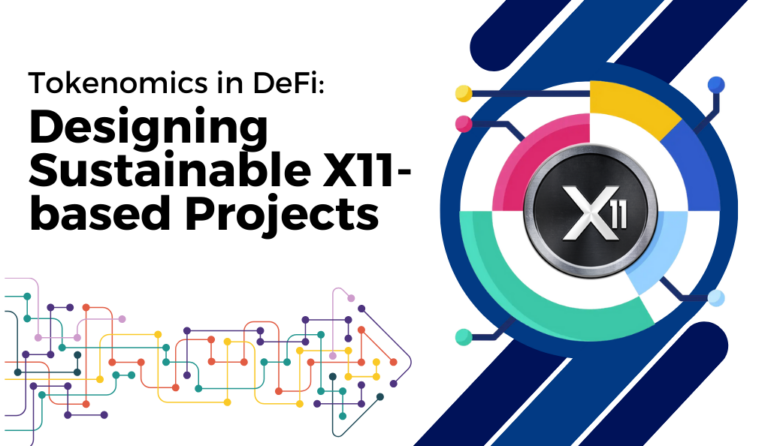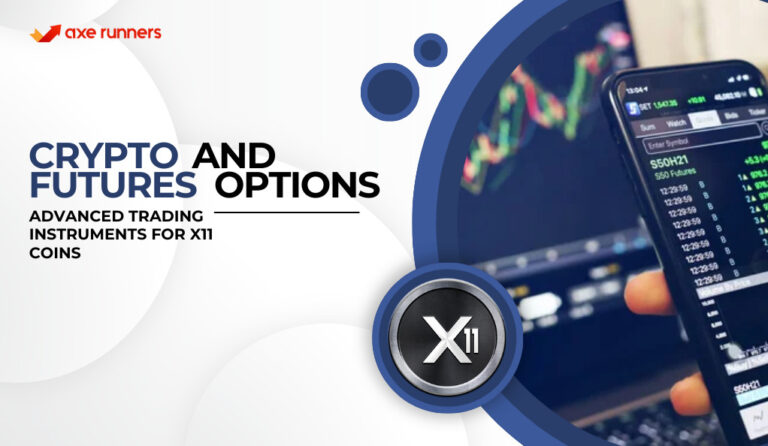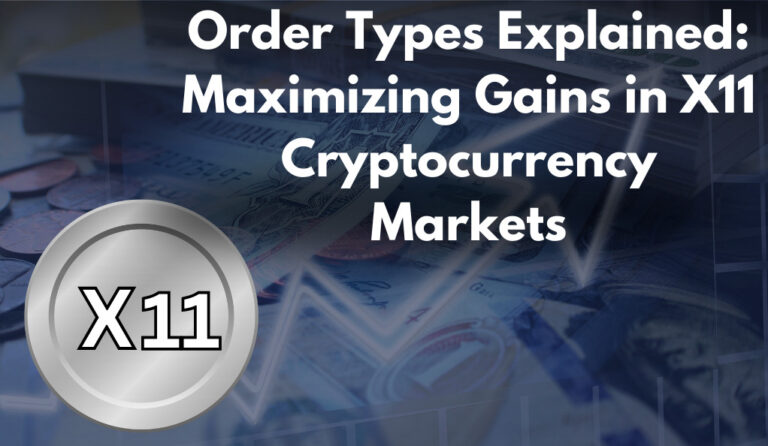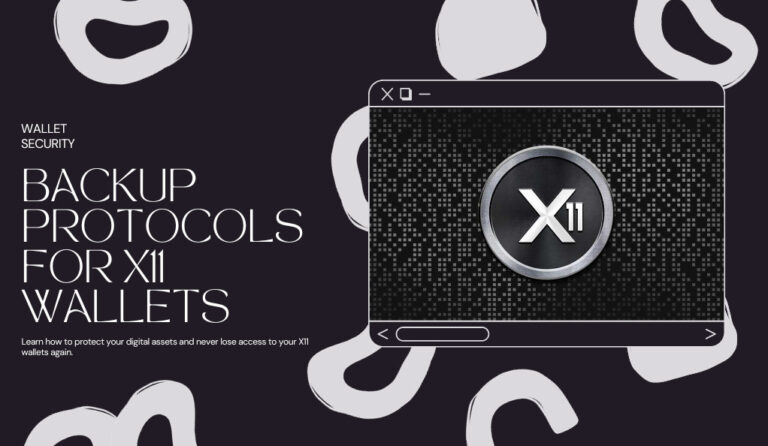Decentralized Finance, commonly known as DeFi, represents a seismic shift in the way we understand and interact with financial systems. At its core, DeFi aims to recreate traditional financial services (like lending, borrowing, and trading) using blockchain technology, eliminating the need for intermediaries such as banks or brokers.
The primary advantages of DeFi include:
- Open Access: Anyone with an internet connection can access DeFi platforms, regardless of their location or financial status.
- Transparency: All transactions are recorded on a public ledger, ensuring full transparency and traceability.
- Interoperability: DeFi platforms and applications can seamlessly interact with each other, creating a cohesive ecosystem.
- Custody: Users have full control over their assets, reducing the risks associated with centralized entities.
The Growing Need for Insurance in the DeFi Space
The last few years have witnessed an unprecedented surge in the adoption and development of DeFi platforms. From a mere concept, DeFi has grown into a multi-billion dollar industry, with a plethora of platforms offering services ranging from lending and borrowing to decentralized exchanges (DEXs) and yield farming.
This rapid growth can be attributed to several factors:
- Financial Inclusion: DeFi platforms have democratized access to financial services, especially for those in regions underserved by traditional banking systems.
- Yield Opportunities: Innovative products like yield farming and liquidity mining offer attractive returns compared to conventional financial instruments.
- Decentralization: The power of decentralization ensures that users have full control over their assets, fostering a sense of trust and security.
Navigating the Risky Waters of DeFi
However, the decentralized nature of DeFi, while being its biggest strength, also introduces a set of unique risks. Without centralized entities overseeing operations, the onus of security and risk management falls squarely on individual users and the smart contracts governing these platforms.
Some of the most common risks associated with DeFi include:
- Smart Contract Bugs: Even a minor flaw in a smart contract’s code can lead to significant losses. The infamous DAO hack of 2016, where a vulnerability was exploited to drain millions of dollars, serves as a stark reminder.
- Platform Overcollateralization: Many DeFi platforms require users to overcollateralize their loans, which can lead to substantial losses in volatile market conditions.
- Impermanent Loss: Liquidity providers in DEXs can face impermanent losses when the price of their provided assets diverges in unexpected ways.
Understanding the Risks: What Can Go Wrong?
While smart contracts are hailed as unbiased and self-executing pieces of code, they’re not immune to human error. Developers can inadvertently introduce bugs or vulnerabilities, which malicious actors can exploit. Such vulnerabilities can lead to funds being locked, stolen, or rendered inaccessible.
The Perils of Platform Insolvencies and Exit Scams
The DeFi space, being relatively young, has seen its fair share of platforms that couldn’t sustain their operations or, worse, were set up with malicious intent from the start. Exit scams, where platform developers or administrators disappear with users’ funds, have left many investors high and dry.
Market Volatility and Liquidation Risks
Cryptocurrencies are inherently volatile. This volatility can lead to rapid price swings, which, in turn, can trigger liquidations on DeFi lending platforms. If a user’s collateral value falls below a certain threshold, their assets can be liquidated, often at a significant loss.
DeFi Insurance: The New Age Safeguard
Just as DeFi has revolutionized traditional financial services, DeFi insurance is transforming the way we think about safeguarding our investments. In a space where the risks are decentralized, so too are the solutions. DeFi insurance operates on the same principles of trustlessness and decentralization, ensuring that users are protected against unforeseen adversities without relying on centralized entities.
How Does DeFi Insurance Work?
At its core, DeFi insurance is a mechanism where users pay premiums to get coverage against potential losses on DeFi platforms. These premiums are pooled together, and in the event of a claim (like a smart contract failure), the affected user is compensated from this pool.
The process typically involves:
- Policy Purchase: Users select the coverage amount and duration, then pay the corresponding premium.
- Claim Submission: If an adverse event occurs, the user submits a claim detailing the loss.
- Claim Verification: A decentralized process, often involving community voting or oracle services, determines the validity of the claim.
- Payout: If the claim is approved, the user receives compensation from the pooled funds.
Types of DeFi Insurance Products
DeFi insurance products can be broadly categorized into:
- Smart Contract Cover: Protects against vulnerabilities in smart contract code.
- Stablecoin Peg Insurance: Offers protection if a stablecoin loses its peg to the underlying asset.
- Custodial Insurance: Safeguards against losses from centralized platforms or wallet providers.
- Collateral Protection: Provides coverage against sudden price drops leading to collateral liquidation.
Benefits of Insuring Your X11 Investments

A Shield Against the Unpredictable
The volatile and experimental nature of the crypto space means that unforeseen events can lead to substantial losses. By insuring X11 investments, users can:
- Minimize Financial Setbacks: Insurance can cover a significant portion, if not all, of the losses incurred due to adverse events.
- Boost Confidence: Knowing that investments are insured can encourage users to explore the DeFi space more confidently.
- Promote a Safer DeFi Ecosystem: As more users adopt insurance, DeFi platforms might be incentivized to adopt better security practices, knowing that lapses can lead to insurance claims.
Leading DeFi Insurance Providers and Their Offerings
The burgeoning demand for DeFi insurance has led to the emergence of several platforms offering tailored insurance products. Some of the frontrunners in this space include:
- Nexus Mutual: A people-powered alternative to insurance, Nexus Mutual allows users to share risks without the need for an insurance company.
- Cover Protocol: Provides decentralized coverage against smart contract bugs and failures.
- Opium Finance: Offers a range of insurance products, including coverage against impermanent loss.
Each platform has its unique features, coverage options, and premium structures, making it essential for users to conduct thorough research before choosing a provider.
Best Practices: How to Choose the Right DeFi Insurance
Factors to Consider When Selecting an Insurance Provider
Choosing the right insurance for your DeFi investments is crucial. Here are some factors to consider:
- Coverage Scope: Ensure the policy covers the specific risks you’re concerned about, be it smart contract failures, platform insolvencies, or other potential threats.
- Claim Process: A straightforward and transparent claim process is essential. Investigate past claims and see how the provider handled them.
- Premium Costs: While protection is vital, it’s also essential to ensure you’re getting value for your money. Compare premium rates and coverage across different providers.
- Reputation: Look for reviews, testimonials, and any red flags in the community discussions about the insurance provider.
- Policy Terms: Always read the fine print. Understand the terms and conditions, including any exclusions or waiting periods.
Importance of Reading and Understanding Policy Terms
Just like traditional insurance, the devil is often in the details. It’s essential to:
- Know the Duration: Understand how long your coverage lasts and the process for renewal.
- Understand Exclusions: Most policies will have specific exclusions. It’s crucial to know what’s not covered.
- Deductibles: Some policies might have deductibles, which are amounts you’ll need to cover out of pocket before the insurance kicks in.
Conclusion
In the decentralized world of DeFi, where autonomy and self-governance are celebrated, insurance emerges as a critical component, ensuring that this freedom doesn’t come at the cost of security. As we navigate this exciting landscape, it’s clear that DeFi insurance isn’t just an option—it’s a necessity for anyone serious about safeguarding their investments.
At axerunners.com, our goal is to furnish well-rounded and trustworthy information regarding cryptocurrency, finance, trading, and stocks. Nonetheless, we avoid providing financial advice and instead encourage users to conduct their own research and meticulous verification.
Read More











